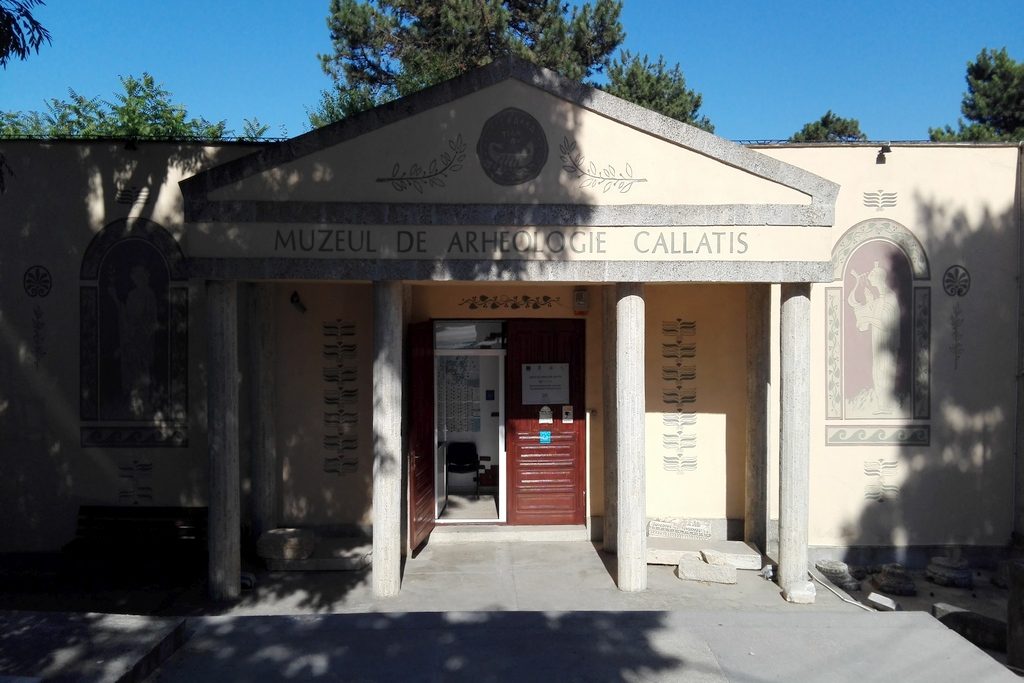

The Museum of Archeology from Callatis Mangalis is an institution dedicated to exposing and conserving the historical remains of the old citadel Callatis. The museum has been inaugurated in the year 1959, after the modernization works of the history uncovered a wide range of vestiges from the periods: Neolithic, Greek, Roman and Roman – Byzantine. The Museum comprises a variety of objects with historical meaning, starting with the exhibits situated inside the museum and ending with the archeological monuments situated on the territory of the municipality of Mangalia: the defense wall of the citadel of Callatis, the Roman – Byzantine Necropolis and the princely Tomb.
At the beginning of the XXth century, on the occasion of the works for the construction foundations, in Mangalia there were discovered traces of the locality’s very ancient past. The first ones to give the fair importance to these remains have been: C. Butculescu, Pamfil Polonic and Grigore Tocilescu. During the period 1915 – 1920, Vasile Pârvan, “the father of the Romanian archeology”, brings the matter of the destructions brought to the historical patrimony of Mangalia and carries on the first archeological researches in the locality (Callatis) and in the surroundings (Histria, Ulmetum, Tomis). At the 15th of September 1924, the historian Teodor Sauciuc – Săveanu initiates the first museum nucleus in the premises of an old Greek church. The communist period has been characterized by an alert rhythm of the constructions, which led to the destruction of some important archeological remains. In order to stop this thing, on this area there were sent archeologists who continued the researches and in 1959 initiated the first archeological museum from Mangalia, under the lead of Vasile Canarache, museum which functioned as a department of the National History and Archeology Museum from Constanța.
The Museum of Archeology from Callatis Mangalia offers the visitor a wide range of cultural offers, starting with the exhibits situated inside the museum and ending with the archeological monuments situated in the area of the municipality of Mangalia. Hence, in the fundamental exposition of the museum, the audience can notice numerous architectonical fragments (columns, column heads, architraves, friezes with metope, cornices with bucranium, etc.), ceramic vases (amphora, hydrias, kantharos, lekythos), rush lights, aqueducts, statutes of Tanagra type, glass vases, funeral stars, engravings, representations of deities, adornments, jewels, coins, metal objects, etc.
